On the afternoon of August 26, Dong Do Eye Hospital organized a scientific seminar with the theme "Children's eye care, from theory to practice" with the participation of more than 200 leading ophthalmology experts.
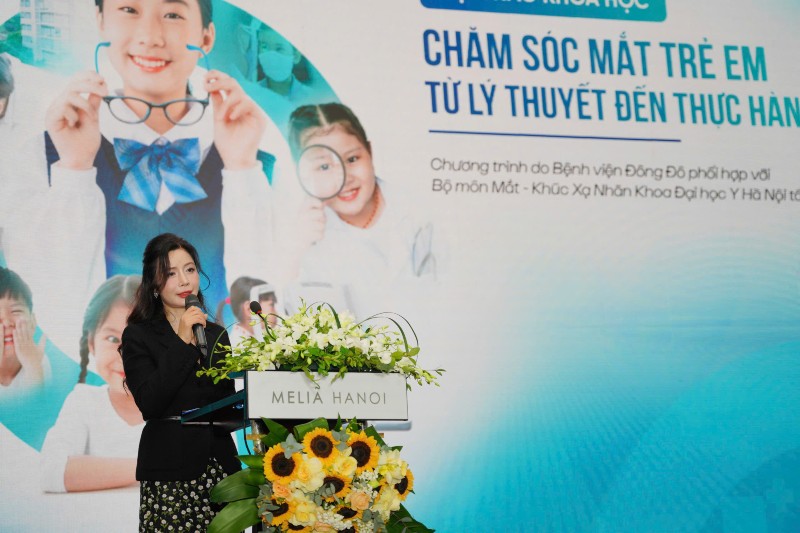 |
| Ms. Dinh Thi Phuong Thuy, Executive Director of Dong Do Hospital, spoke at the event. |
At the event, MSc. Dinh Thi Phuong Thuy, Executive Director at Dong Do Hospital, said that children can have eye problems, from mild diseases such as refractive errors (including nearsightedness, farsightedness, astigmatism) to more serious diseases such as amblyopia (lazy eye), strabismus (crossed eyes), or congenital glaucoma.
In addition, many children suffer from conjunctivitis (pink eye), congenital cataracts or nystagmus. This is a condition in which the eyes move uncontrollably, causing serious damage to vision if not treated promptly.
According to the 2024 statistics of the Vietnam Ophthalmology Council, our country has about 5 million children, accounting for 30-40% of school-age children with refractive errors (nearsightedness, farsightedness, astigmatism), of which myopia accounts for the majority. This rate is higher in big cities like Hanoi and Ho Chi Minh City, where more than 50% of children are affected by refractive errors due to improper study habits and excessive and long-term use of electronic devices.
MSc. Dinh Thi Phuong Thuy also affirmed that if children are not detected and treated properly for refractive errors, it can lead to amblyopia. Amblyopia, also known as "lazy eye", accounts for 1-5% of children under 6 years old, equivalent to 100,000 to 500,000 children, and can cause long-term vision loss.
In addition, about 2 - 4% of children, equivalent to 200,000 to 400,000 children, have symptoms of strabismus and if they are not treated properly, it can lead to amblyopia or other serious visual problems.
Additionally, nystagmus, although rare, is a serious condition that affects a child’s vision. It is often associated with congenital neurological or visual problems.
"Parents should proactively take their children for regular eye exams and follow the specialist's treatment regimen to preserve the light and nurture their children's pure dreams," said the Director of Dong Do Eye Hospital.
At the conference, famous ophthalmologists such as Dr. Tim Fricke, Dzung Tran and Erica Barclay presented in detail about non-surgical treatment of strabismus, an issue of concern to many parents.
Strabismus is a condition in which the eyes do not align. If not detected and treated promptly, strabismus not only affects aesthetics but can also lead to amblyopia (lazy eye) and permanent vision loss. Fortunately, most cases can be treated effectively without surgery.
Of these, more than 75% of childhood strabismus cases are considered benign and can be cured with simple methods, however the remaining 25% can be a sign of serious diseases such as central nervous system abnormalities or paralytic strabismus.
Parents should be aware of warning signs such as nausea, headache, nystagmus, drooping eyelids, torticollis, or weight changes. Diagnosis includes a medical history, visual acuity testing, refraction, ocular motility testing, and binocular vision coordination assessment.
Accommodative esotropia, the most common form, usually appears in children 1-4 years old and is closely related to farsightedness. The most effective treatment is wearing full prescription glasses, which help straighten the child's eyes, reduce the angle of the strabismus, and can be cured if detected early. At the same time, wearing glasses also helps treat amblyopia, a common complication of strabismus.
Amblyopia is a condition in which the brain temporarily “turns off” signals from the crossed eye to avoid double vision. Treatment for amblyopia is an important part of the treatment of strabismus, and includes methods such as patching - covering the strong eye to “force” the weak eye to work, and using atropine to temporarily blur vision in the strong eye, forcing the weak eye to work, suitable for children who do not comply with patching.
Additionally, other nonsurgical methods such as prism therapy to treat some cases of double vision due to intermittent ectropion, and vision therapy to improve eye focusing, coordination, and motor control have also been found to be effective, especially for intermittent ectropion.
Surgery is considered the last option for cases of strabismus that are large or do not respond to non-surgical treatment. In particular, early surgery, before 1 year of age, can increase the possibility of restoring stereoscopic vision in children with congenital strabismus.
In addition, Prof. Bruce D. Moore, New England College of Optometry (Boston), Co-President of the Massachusetts Children's Vision Alliance (USA) shared about the comprehensive and practical process of examining children's eyes.
He emphasized that an ideal eye examination should not be based on theoretical knowledge alone, but should combine basic science, clinical and practical. The examination should be quick and continuous, observing the child’s natural behavior, and using “the examiner’s eyes and brain” as the most important tools instead of relying solely on machines.
The pediatric eye examination process includes six steps: Observing behavior and eye movements, collecting medical history, measuring visual acuity using many methods from simple to advanced such as Preferential Looking test (PL), Recognition Acuity and Visual Evoked Potential (VEP); evaluating eye movements and binocular vision through Hirschberg-Krimsky test and Cover test; measuring refraction by pupilloscopy, automatic measurement and Brückner test to detect abnormalities such as cataracts, strabismus and refractive errors; finally, checking the general condition of the eyeball.
He also emphasized three principles when correcting refractive errors in children, including improving visual acuity, improving binocular vision and improving visual function, to create a clear converging image on both retinas. Correcting glasses must be done carefully depending on each type of refractive error such as nearsightedness, farsightedness, astigmatism or refractive error, avoiding overuse or incorrect correction that affects children's vision.
Professor Bruce concluded that thorough examination should focus on essential information to guide effective treatment, avoid disturbing the child and not waste medical resources.
Source: https://baodautu.vn/cach-tiep-can-moi-giup-tre-cai-thien-thi-luc-ma-khong-can-phau-thuat-d371742.html






![[Photo] Da Nang: Water gradually recedes, local authorities take advantage of the cleanup](https://vphoto.vietnam.vn/thumb/1200x675/vietnam/resource/IMAGE/2025/10/31/1761897188943_ndo_tr_2-jpg.webp)


































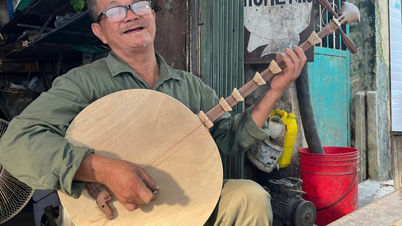





















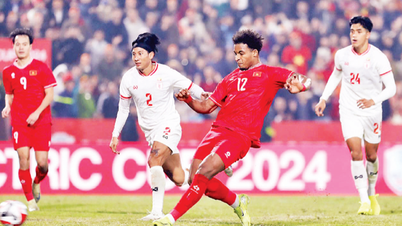







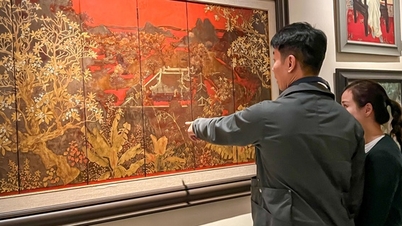




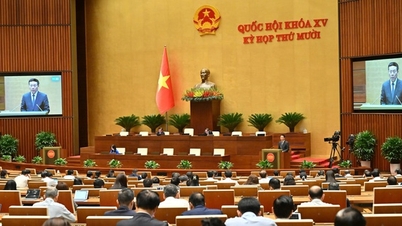








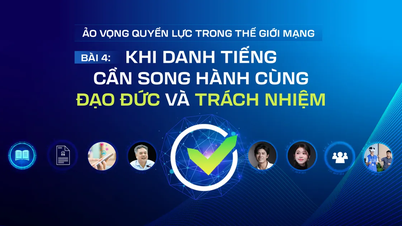

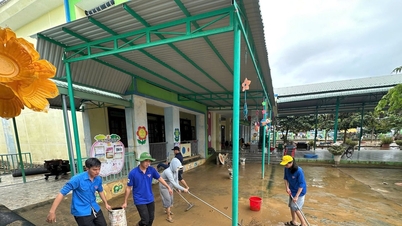
















Comment (0)